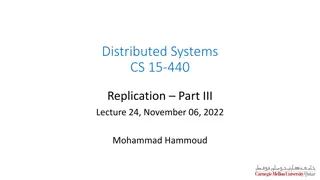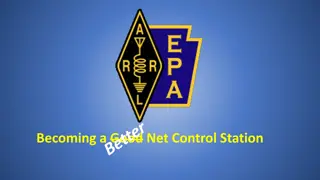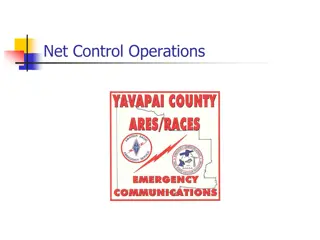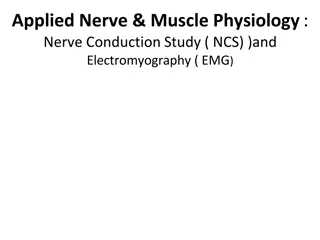
Importance of Writing Non-Conformances in Auditing
Discover the significance of writing non-conformances in auditing processes. Learn the three crucial steps to follow in documenting non-conformances and explore practical examples from ISO standards.
Download Presentation

Please find below an Image/Link to download the presentation.
The content on the website is provided AS IS for your information and personal use only. It may not be sold, licensed, or shared on other websites without obtaining consent from the author. If you encounter any issues during the download, it is possible that the publisher has removed the file from their server.
You are allowed to download the files provided on this website for personal or commercial use, subject to the condition that they are used lawfully. All files are the property of their respective owners.
The content on the website is provided AS IS for your information and personal use only. It may not be sold, licensed, or shared on other websites without obtaining consent from the author.
E N D
Presentation Transcript
Importance of NCs In our opinion, writing non-conformances is one of the most important aspects of auditing, and as far as an auditee is concerned one of the aspects of auditing that is of most interest to them. A non-conformance details what was found to be incorrect during the audit, and what has to be acted upon once the auditor has left. In some instances people will have to act upon a non-conformance even though they were not at the audit, so it is very important that they are written clearly, are technically correct, and that they are easy to understand.
There are three clear steps to follow Firstly, establish that something is wrong and that you have some evidence to back this up; somebody just telling you that it is wrong is not evidence. Make sure you have clear evidence and that you have written this down, bear in mind that no evidence of activity can be evidence that it is not happening. Secondly, determine which part of the audit criteria/requirement is not met. This is crucial in ensuring that it is a legitimate non-conformance and not just something you think they should be doing. It can be challenging to determine which part of the audit criteria/requirement to use as the evidence may suggest it could be wrong against many parts of the audit criteria. It is normal practice here that you only pick one part of the criteria and the part or section of criteria you choose is the one that it most suitable it is your call as the auditor. If you are not sure and you have another team member with you can ask them for their opinion. Finally, it s time to write out the applicable part of the audit criteria/requirement this can be abbreviated to keep it clear and succinct, you can use tools such as quotation marks and ellipses ( ), but you should not change the meaning. Using the exact text is typically good practice. Finally, write out the evidence you have that shows that the audit criteria/requirement is not being met.
Example 1 ISO 9001 Clause 6.2.2 Competence, training and awareness states organisation shall, e) maintain appropriate records of education training, skills and experience . However, records available for the carpenter, the bricklayer and the painter. that The there were no
Example 2 ISO 14001 Clause 4.3.1 Environmental aspects states that The organisation shall maintain a procedure(s) b) to determine those aspects that have or can have significant impact(s) on the environment. The document this information and keep it up to date. Whilst a procedure exists and the aspects and impacts have been documented the impacts that can have significant impact(s) have not been determined. organisation shall
Example 3 AS/NZS preparedness and response states that All potential emergency identified and emergency documented The periodically test such procedures. Although emergency procedures documented, the emergency procedure has not been tested nor is it planned to be tested. 4801 Clause 4.4.7 Emergency situations shall procedures be organisation shall have been medical treatment





















